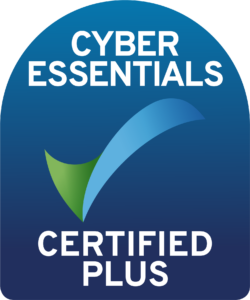Have you ever started a conversation with someone at a social occasion only to realise that it’s either running out of steam; is too one-sided; or takes a turn that you or the other party is not prepared for?
In technology marketing terms, that’s how social campaigns or programmes can sometimes unfold.
Take for example the campaign that bursts into the digital equivalent of a low-key cocktail evening. Wearing an outfit that screams ‘look at me’, it proceeds to work the room with the promise of scintillating conversation and insightful anecdotes. Whilst the guests are slightly taken aback they may be willing to engage with the new arrival if only to lighten what could be an otherwise uneventful gathering. However, it quickly becomes apparent that the usurper is either drunk on their own self-importance or is simply a crashing bore. The room is soon emptied as guests beat a hasty retreat to waiting taxis.
Top social tips for technology marketers
Let’s rewind. How could this scenario have been better? Advice for our social pariah could include:
In an era where time is precious and ‘productivity’ is the watchword on many boardroom agendas, surely keeping things to the point and getting the important information across as succinctly as possible should be the goal.
- check that it’s the right venue
- don’t gate-crash
- dress appropriately
- start a conversation if it can be sustained
- take the conversation in different directions
- think laterally and creatively
- ask questions and show interest
- get fresh input to grow the conversation
Finally, when enough food and drink has been consumed and the buffet is beginning to look stale, it’s probably best to leave and plan for the next successful social gathering.
Take a look at our quick guide to discover how content can be more ‘killer’ and less ‘filler’.
